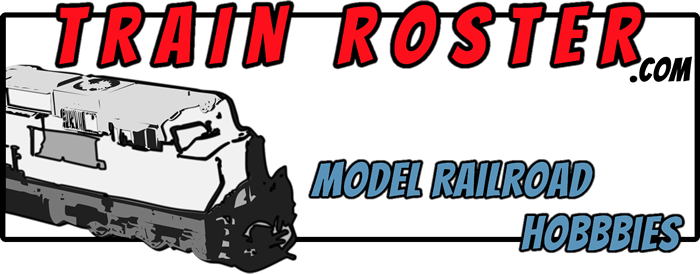The Different Types of Scales and Gauges in Model Railroading
Model railroad scales and gauges are crucial for building the perfect layout. Model railroad scales determine the size of your train compared to a real-life train. For example, an HO scale means that every inch of the model represents 87 inches of the real train.
Model railroad gauges refer to the distance between the rails on your track. This is important because it affects how well your train fits on the track. The gauge can vary even within the same scale, depending on the type of train you want to build.

HO Scale (1:87)
HO scale is probably the most common scale you’ll find in model railroading, and for good reason. At 1:87, this scale offers a perfect balance between size, detail, and space. An HO scale train is about the size of a large matchbox car, which means you can fit plenty of track and scenery into a relatively modest layout. HO trains are small enough to work in most homes, but still big enough to allow for a good amount of detail. If you’re just starting out or looking to expand your collection, you’ll find that HO scale is a great all-around choice.
Track Gauge: HO Gauge (16.5 mm)
N Scale (1:160)
If you’ve been in the hobby for a while and are ready to tackle something a bit more compact, you might want to look at N scale. With a ratio of 1:160, N scale models are about half the size of HO models. This scale is ideal for those who have limited space but still want to create an expansive layout. The smaller size does mean that N scale trains are a little trickier to handle, but the trade-off is worth it when you consider the amount of detail and the size of the layout you can build.
Track Gauge: N Gauge (9 mm)
O Scale (1:48)
If you’ve been around the hobby long enough, you may have worked with O scale trains, which are a good bit larger than their HO and N scale cousins. At 1:48, O scale trains are big, bold, and full of detail. These trains are often the go-to choice for folks who like working with larger, more intricate models. While O scale trains take up a bit more space, they provide fantastic opportunities for detail work and often come in a variety of specialty models, especially for collectors.
Track Gauge: O Gauge (32 mm)
G Scale (1:22.5)
For those of us who prefer to take our railroads outside, G scale trains are a fantastic choice. Known for their large size, G scale models are often used for garden railroads, where the bigger size makes them easier to handle and more durable in the elements. With a scale of 1:22.5, these trains are larger than most others, but that means they stand out and can run through scenic outdoor layouts with ease.
Track Gauge: G Gauge (45 mm)
Z Scale (1:220)
If you’re really short on space, then Z scale is where you’ll want to go. These trains are the smallest commercially available, with a ratio of 1:220, meaning they’re roughly half the size of N scale models. Z scale trains are tiny but surprisingly detailed, and they’re perfect for building miniature worlds in a very small area. However, they do require a steady hand and a bit of patience—handling these little engines and cars takes some practice!
Track Gauge: Z Gauge (6.5 mm)
S Scale (1:64)
Somewhere between O scale and HO scale, you’ll find S scale. At 1:64, these trains are large enough to be easy to handle but still small enough to fit into a fairly compact layout. S scale isn’t as common as some of the other scales, but it does have a loyal following of modelers who appreciate the balance it offers between size and detail.
Track Gauge: S Gauge (22.5 mm)
Understanding Different Model Railroad Scales and Gauges
When building a model railroad, choosing the right model railroad scales and gauges is essential for achieving the most accurate and realistic layout. Different scales offer various sizes for trains, while different gauges impact how your train runs on the tracks. It’s important to choose both the scale and gauge that best fit the type of railroad you want to replicate.
